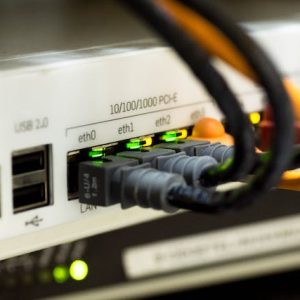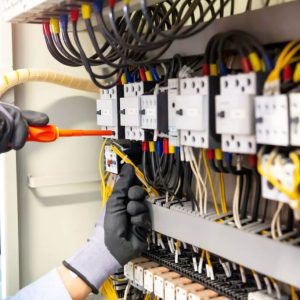Electricity is the lifeblood of our modern homes, powering everything from lights and appliances to entertainment systems and charging our devices. A properly installed domestic electrical system is crucial for both safety and functionality. In this blog, we will explore the key aspects of domestic electrical installation, from safety measures to the latest technology trends. Whether you’re a homeowner, a DIY enthusiast, or considering professional help, this guide will provide you with essential insights into domestic electrical installations.
- Safety First
Safety should always be the top priority when dealing with electrical installations. A few key safety considerations include:
A. Grounding: Proper grounding is essential to prevent electrical shock. Ensure that your home’s electrical system is effectively grounded to redirect electrical surges away from you.
B. Circuit Protection: Install circuit breakers or fuses to protect your home’s wiring from overloads. These devices shut off the power if a problem occurs, preventing fires and electrical damage.
C. GFCI Outlets: Ground Fault Circuit Interrupter (GFCI) outlets are a must in areas where water and electricity may come into contact, such as kitchens, bathrooms, and outdoor spaces. They instantly cut power if a ground fault is detected, preventing potentially fatal electric shocks.
D. Regular Inspections: Periodic electrical inspections by a licensed electrician are essential to ensure your system is safe and up to code.
- Plan Your Electrical Layout
Before you dive into the installation process, it’s crucial to plan your electrical layout. Consider the following:
A. Outlets: Determine the number and location of outlets based on your needs. Consider the convenience of charging stations and appliances.
B. Lighting: Plan your lighting scheme carefully. Decide where you need overhead lights, task lighting, and accent lighting to create the desired ambiance.
C. Switch Placement: Position light switches thoughtfully for easy access and convenience. Three-way switches, which allow you to control a single light from multiple locations, can be especially useful in larger rooms or hallways.
D. Appliances: Ensure there are dedicated circuits for high-demand appliances like refrigerators, air conditioners, and ovens.
- Choose the Right Wiring
Selecting the correct wiring for your home is vital for safety and efficiency. Consider the following:
A. Wiring Materials: Common residential wiring materials include copper and aluminum. Copper is the preferred choice due to its superior conductivity and resistance to corrosion.
B. Wire Gauge: The wire gauge (thickness) should match the electrical load. Smaller gauge wires are suitable for lighting, while larger gauges are needed for appliances and high-power devices.
C. Insulation: Ensure your wiring has proper insulation to prevent electrical leakage and short circuits.
- Modern Technology Trends
The world of electrical installations has evolved with technological advancements. Consider integrating these innovations into your domestic electrical system:
A. Smart Home Technology: Smart plugs, switches, and home automation systems allow you to control lighting, climate, and appliances from your smartphone or voice commands.
B. Energy Efficiency: Opt for energy-efficient lighting options like LED bulbs, and consider installing programmable thermostats to save on energy costs.
C. Solar Power: Solar panels can help you reduce your reliance on the grid and lower your electricity bills.
- Professional vs. DIY
While many homeowners enjoy tackling DIY projects, electrical work can be dangerous if done incorrectly. For complex installations or renovations, it’s advisable to hire a licensed electrician to ensure safety and compliance with local building codes.





